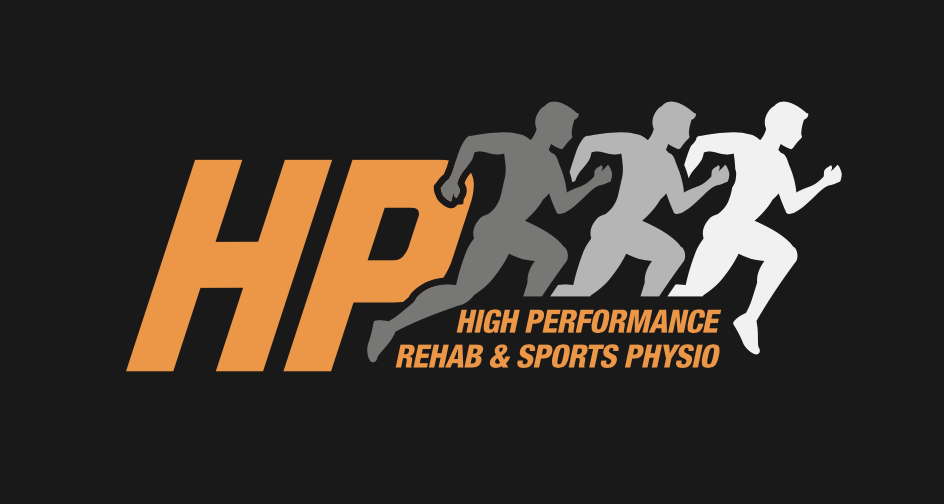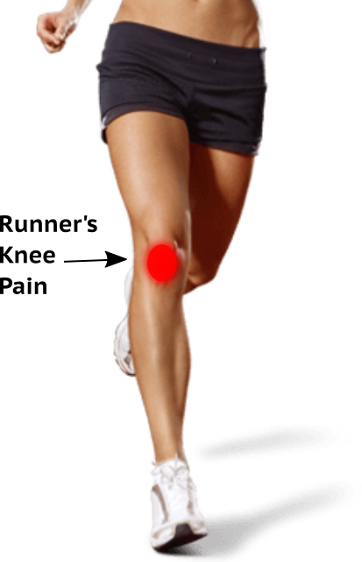Runners Knee
Runners Knee is a broad term used to describe pain that occurs across the front of the knee in runners. This can be caused by many different anatomical sources and is the most common injury experienced by runners.
Most Common Knee Injuries
The most common Runners Knee injuries are
- Patellofemoral Pain Syndrome (PFPS)
- Iliotibial Band Friction Syndrome (ITBFS)
- Patella and Quadriceps Tendinopathies
- Joint Pain (OA or Cartilage Injuries)
Causes
There are 2 major factors that commonly contribute to anterior knee pain:
- Biomechanical Factors – that is the way that you run. Often due to lack of strength or anatomical factors.
- Running Overload – this is caused by running too frequently or increasing your running volume too quickly, or both.
Biomechanical Factors
Biomechanical factors contributing to anterior knee pain can arise locally in the knee, or from the hip joint above, or the foot below.
Locally the knee may have poor quads strength which leads to poor tracking of the kneecap (patella) and pain. Other factors include anatomical issues such as hypermobility, or a shallow track (femoral trochlea) which causes overload in the patella and pain.
The hip joint commonly contributes to knee pain if the glutes are weak (Davies and Powers, 2009). Another cause is increased hip width which translates to more load in the anterior knee, this is one reason why females are more prone to these injuries.
In the foot flatter (pronated) feet can make you more susceptible to anterior knee pain with running.
Running Overload
The training principle of progressive overload needs to be considered when planning how to progress your running. That is, to get fitter or run further you need to increase your running with greater than normal loads. This should be done gradually over an extended period of weeks or months depending on the individual and their goals. There is no magic number here but increasing by between 5-20% initially is usually safe. If running frequency or running volume is increased too quickly, you are at a higher risk of injury.
Recovery periods in your training blocks will also decrease risk of injury.
Management
Management of Runners Knee will depend on the location and cause of pain. It is also important to identify the contributing factors for your injury as this will guide the management needed.
Post running muscle soreness and tightness is normal after progressing running and unaccustomed exercise. Often stretching/mobility/foam rolling, and other recovery modalities can address this soreness and allow you to keep running.
If your pain is acute, single sided and/or stops you from running it should be addressed by seeing a Sports Physio or Sports Doctor.
Management may include any or all of the following; specific strength work, mobility exercises, strapping, and orthotics to address the cause of your injury. It’s also important to map out a running plan that is tailored to you and specific to your goals and injury.
PRACTICAL TIPS
Mobility/foam rolling – Of your lower body, often quads and hips are target areas.
Strengthening – Quadricep and Gluteal strength work is usually targeted for these runners injuries.
Foot/Ankle – Strength work to improve your balance or arch strength. Wearing the appropriate shoes for your foot type.
Written by Chris Bailey - Titled Sports and Exercise Physio


